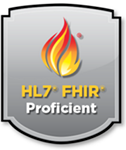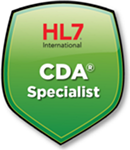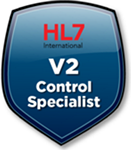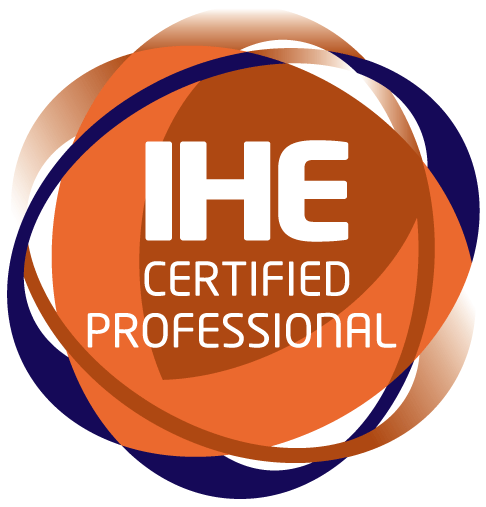



HL7 INTEGRATION
Medical data comes from many different systems and in many different formats. To achieve healthcare interoperability, this data must be turned into industry recognizable format to flow smoothly and reliably between systems.
Creating effective HL7 interfacing is an absolute necessity for vendors and hospital/HIE organizations. HL7 is not a single standard, it is a family of standards. Nine times out of ten, it is a difficult challenge to navigate through HL7 set of standards without a technical background and practical experience in this field.
I have the domain knowledge to guide you through HL7 interfaces development to address your most painful and common needs.
Contact: Shamil Nizamov <shamil@isarp.info>
SKILLS SUMMARY

YEARS
2008 |
|
CERTIFICATES
 |
 |
 |
 |
 |
BOOKS
Unofficial Mirth Connect Developer's Guide
Unofficial Developer's Guide to HL7v3 Basics
Unofficial Developer's Guide to CCD on Mirth Connect
Unofficial Developer's Guide to FHIR on Mirth Connect
TECHNOLOGY STACK
EHR/EMR: Quest, LabCorp, AllScripts, eClinicalWorks (eCW), MUSE, etc.
Programming Languages: Java, JavaScript, SQL, VBA
Markup Languages: JSON/XML/XSLT/XSD/XPath/Schematron
Databases: MS SQL Server, MySQL, PostgreSQL
HL7 Tools: ART-DECOR, Forge, Simplifier, Messaging Workbench, RMIM Designer, V3 Generator
HL7 Interface Engines: NextGen (Mirth) Connect, Apache NiFi
HL7 APIs: MDHT, HAPI, HAPI FHIR
HL7 EHR System Functional Models and Profiles